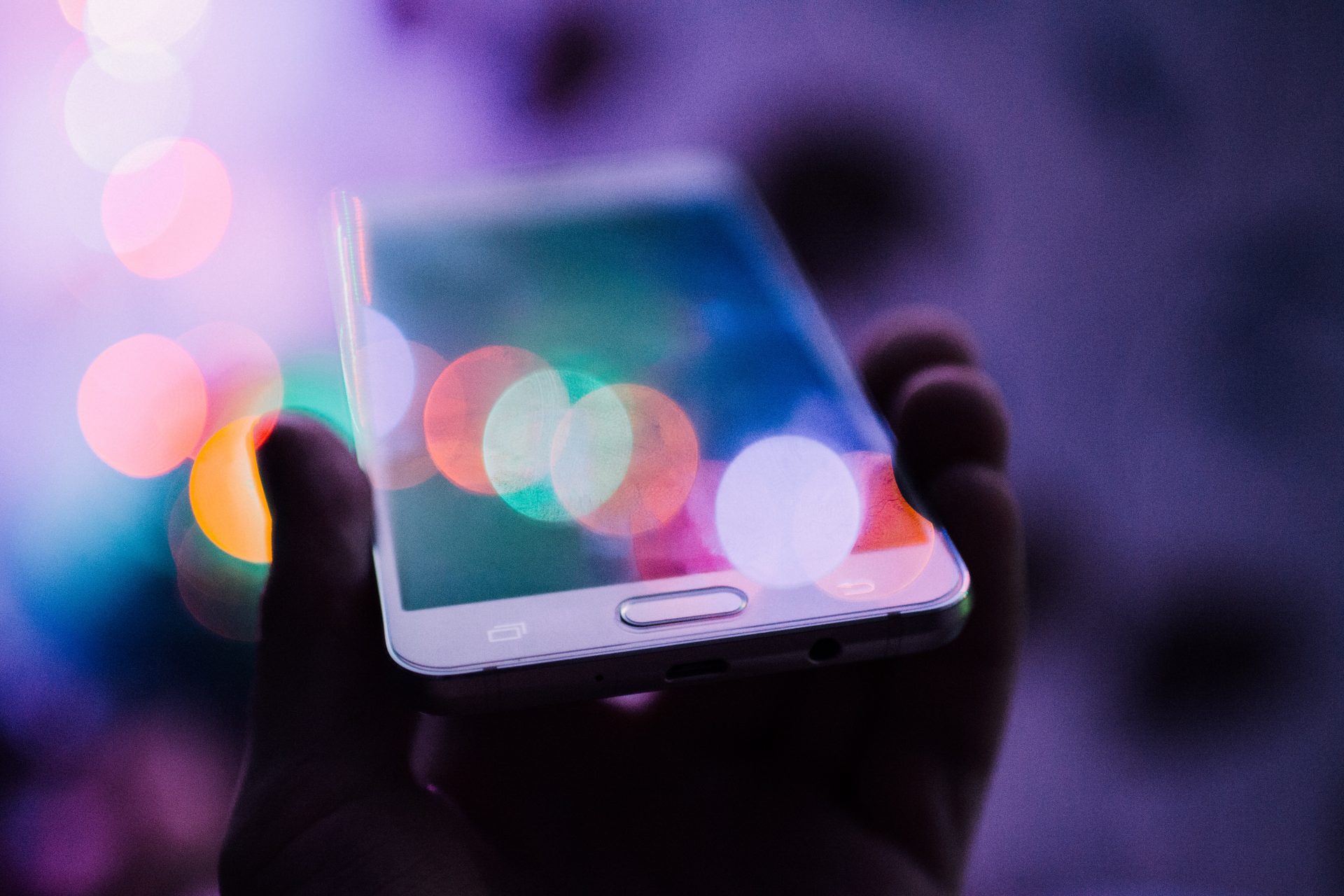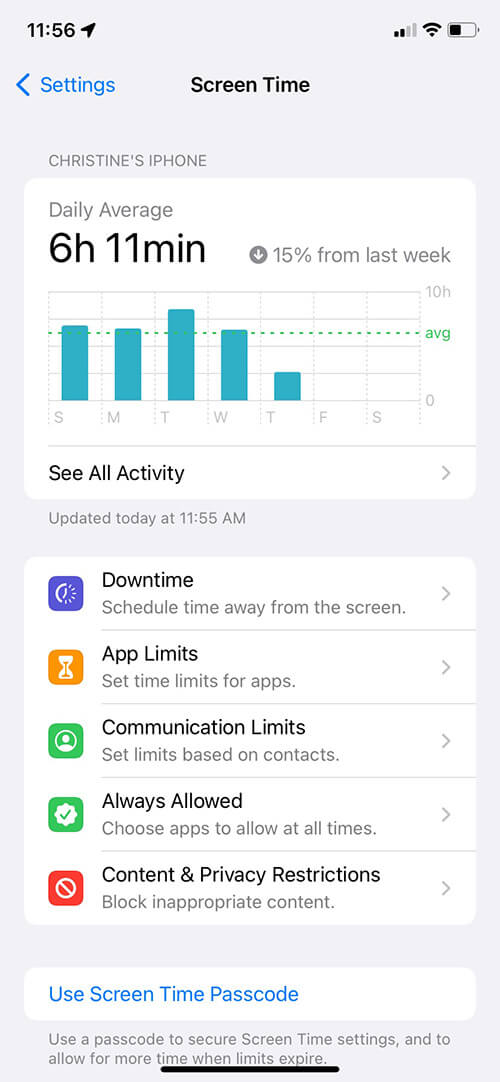Mobile device and screen addiction is a real thing. The pandemic didn’t help as, left with nothing else to do and nowhere else to go, families ended up spending more time on their computers, watching TV, playing video games, and messing around on their phones than ever before. The Government of Canada cites global reports that estimate total Internet traffic grew by 40-60% during the spring 2020 global lockdown period.
Sure, the extra time being in lockdown afforded with family was great, as was the ability to work from home for those who weren’t used to such a set-up already. But there’s no denying it led to an increase in an activity that was already on the rise. And it created some bad habits that, for many, continue to this day now that things are opened up again.
There has been study after study about screen time and its effect on both adults and kids, alike. A new survey by NortonLifeLock provides interesting insights into behaviours and beliefs around screen time among Canadians.
How Much Time Do We Spend On Screens?

The 2022 Norton Cyber Safety Insights Report, conducted by The Harris Poll in May and June 2022 included data from a total of 12 countries, including Canada. Overall, it found that adults admit they spend about five hours a day looking at screens. This doesn’t sound too crazy considering many adults have a job that involves the use of computers. But this figure is actually above and beyond using a screen for school and work purposes. That’s a pretty staggering number: combine an eight-hour work-day with five hours of screen time for a total of 13 and that leaves only about four waking hours per day to do something that doesn’t involve a screen.
More concerning is that the number was highest in Brazil, Canada, and Mexico: in Canada, Canadians spend upwards of 6.1 hours per day on screens outside of school and work time, yet only 36% believe they are addicted.
The majority (61%) of respondents agreed with the statement “I spend way too much time looking at screens” and 40% agreed that they might actually be addicted to them.
Not surprisingly, smartphones are the biggest culprits: they call us to their little (or these days, not so little) screens to check on social media feeds, browse the web, play mindless games, watch an endless number of reels, and message friends and family in ongoing conversations. In Canada, 37% of respondents feel they spend too much time specifically on social media: that’s below the U.S. at 46%.
More than half (54%) of respondents overall feel the amount they spend on screens negatively impacts their physical health (unless they’re using a screen to follow an at-home workout, for example). Forty-two per cent believe it negatively impacts their mental health. The good news: 67% say they do try to limit screen by doing other activities, from hiking to spending time with friends.
The issue becomes more pressing when adding kids to the equation. Most parents (88%) believe kids are addicted to screens, and 85% agree that parents rely too much on screens to keep their children busy, especially during the summer months when school is out. In Canada, these numbers are 89% and 88%, respectively, identical to the figures from the U.S.
A total of 87% believe parents should track how much time their kids spend using screens yet only 42% say they actually do it for themselves as well. The numbers are 90% and 37% in Canada, respectively.
Canadian parents have taken action to limit their kids’ time online, with 93% reporting doing so. Overall, half encourage kids to do other activities, 47% talk to their kids about the danger of too much screen time, 42% set aside technology-free times during the day, and 35% use parental controls. Also, 32% set time limits on specific applications and 21% establish technology free zones of the home, such as at the dinner table. Yet only 32% reduce their own screen time to set a good example.
While the work-from-home trend might indicate that people have more time to spend with their loved ones, this isn’t necessarily the case. In Canada, 38% report that working from home has actually made it more difficult to dedicate time to their families and relationships. Drawing the line between when it’s time to put down the computer and stop working and when to begin “home” time is more difficult when you aren’t leaving an office and heading back to your place of residence.
Balancing Screen Time With Tech-Free Time

Living in a technology-driven world where screens operate everything from our TV entertainment and music to lighting, security systems, even door locks, vehicles, and more, makes it challenging to put down the screens.
It’s all about balance. While there’s nothing wrong with a healthy amount of screen time, even outside of office hours, it’s also important to dedicate time to spend with loved ones. This might mean having a technology-free dinner and hour afterwards where you focus on physical activity, conversation, board games, chores, or even homework (with pen and paper, of course). Set up a nightly walk with the family to walk the dogs, for example, or create “board game Fridays” as a weekly tradition so everyone gets a break from the screens.
For those who work a regular 9-5 (or longer), make sure to shut down on the weekends, focusing only on spending time away from screens. If you’re going to watch television, make it a family affair with an interactive show everyone can enjoy together, like a game or reality show where conversation and/or mental stimulation are part of the equation.
Whenever the need to check your social media or mindlessly flip through Instagram reels strikes, set a timer before you begin. This will not only give you an indication of how much time you actually spend doing this but can serve as a reminder to limit it. Use a 10-minute timer and when the bell goes off, that’s your cue to switch to another activity.
Check Your Usage

Many of the latest mobile devices have features that track your screen time, and looking into this can be an eye-opening experience. (There are also third-party apps you can use as well, like Digital Wellbeing and Freedom). On an iPhone, you can simply go to Settings > Screen Time to get a quick idea.
Looking at my own, I spent a total of 6 hours and 11 minutes on average every day on my phone last week. The most common application was the camera, which I use while doing physical workouts to check my form (score one for me) and the second most used is our Savant home control system app, which I use to queue up my music playlists for the day, control lighting, check security cameras, and occasionally, operate the TV. Over the weekend, it counted the Waze app used for a few long drives, which is not technically actual screen time. However, the 2 hours and 5 minutes spent on Instagram with a daily average of 25 minutes is concerning (though not overly so – it could be worse!) The remainder of the apps are only a few minutes per day, but it all adds up.
With an iPhone, you can schedule downtime and set limits for apps and communications in this same menu. That might not be practical for those who use their devices for business purposes (like me), but it’s worth doing some self-monitoring.
Doing your best to reduce screen time, and reduce that of your kids, will be good for your overall health, wellness, and self-care in the end. It doesn’t mean you can’t binge watch your favourite shows, enjoy a good laugh at the funny Instagram reels, or decompress with a daily game of Wordle. But limiting the time spent versus scrolling for hours on end will make you appreciate the screen time more when you have it.









